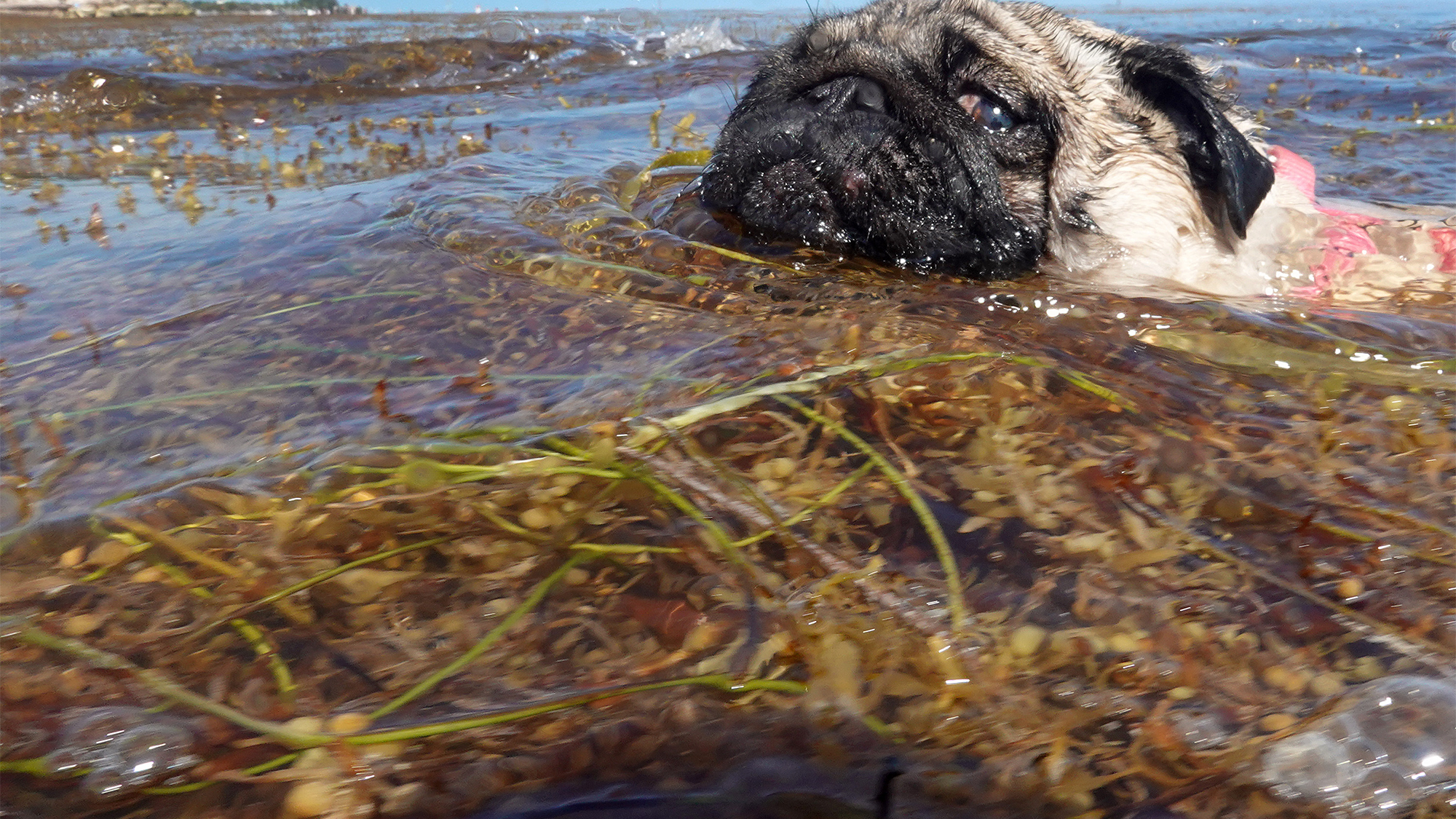Now Reading: 40 Years of Data: Unraveling the Story Behind Smelly Seaweed
-
01
40 Years of Data: Unraveling the Story Behind Smelly Seaweed
40 Years of Data: Unraveling the Story Behind Smelly Seaweed

quick Summary
- Topic: A study on pelagic Sargassum seaweed published by Florida Atlantic University’s Harbor Branch Oceanographic Institute analyzes 40 years of data on its growth, expansion, and environmental impacts.
- Location: The Great Atlantic Sargassum Belt stretches from West Africa to the Gulf of Mexico. In May 2025,it reached a record biomass of 37.5 million tons (excluding 7.3 million tons of base biomass in the Sargasso Sea).
- Key Causes:
– Rising nitrogen content in Sargassum (increased by over 50% between the 1980s-2010s) due to human-induced nutrient sources like agricultural runoff and wastewater discharge.
– Extreme atmospheric events like a negative North Atlantic Oscillation phase (2009-2010) contributed to its spread into tropical waters.
- Ecological Effects: It serves as both food and habitat for marine life but becomes a nuisance on coastal shores-releasing hydrogen sulfide gas that irritates eyes, nose, and throat upon rotting.
- Coastal Impacts: Clogged beaches disrupt tourism and fisheries,contributing to economic losses for affected communities.
- Research Goal: To understand how changing carbon, nitrogen, and phosphorus levels fuel its dramatic expansion for better management strategies.
!Sargassum above Ocean Terrace Public Beach in Miami
!A sea bird catches fish beneath sargassum algae
!Workers removing sargassum from Key West beaches
Indian Opinion Analysis
The findings about Sargassum‘s rapid growth underline critical global environmental challenges that resonate with India’s coastal ecosystem concerns. The nutrient influx primarily caused by human activities such as agricultural runoff mirrors similar situations facing Indian coastal regions affected by algal blooms or hypoxic zones (e.g., Gulf of Mannar).
Understanding Sargassum‘s dependence on nitrogen sourced from land-based input offers insights into managing excessive nutrient pollution-a priority given India’s reliance on agriculture near water bodies prone to chemical runoffs. Moreover, such studies emphasize proactive research addressing wider ecological impacts like compromised fisheries or disrupted tourism industries.
With expansive coastlines dependent heavily on marine sustainability alongside growing urbanization pressures along waterfront cities like Mumbai or Chennai, lessons drawn here can provide frameworks adaptable within India’s context for balancing ecological preservation with economic resilience.



























